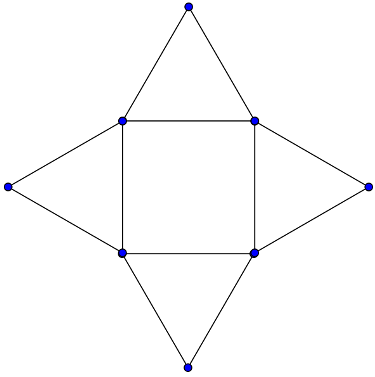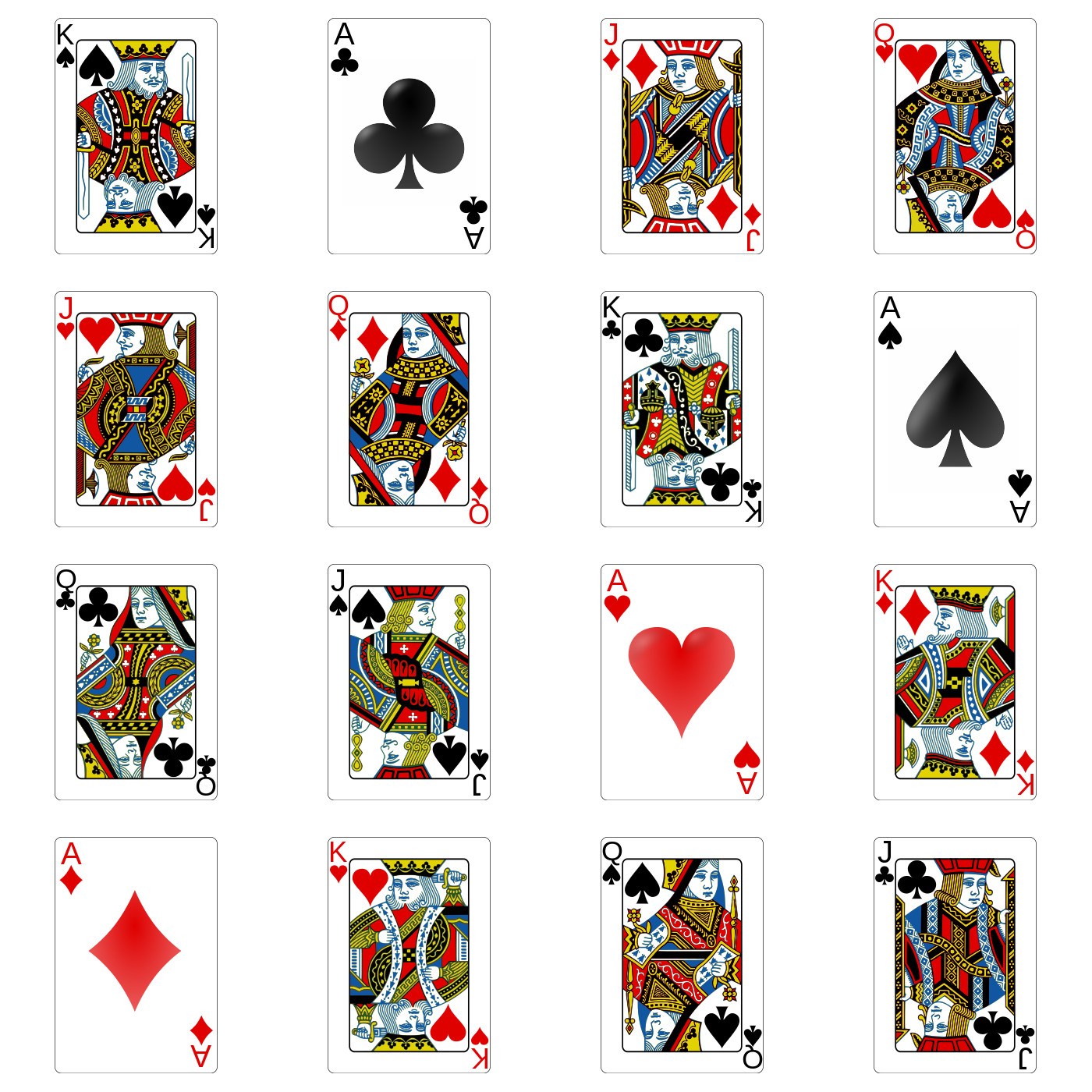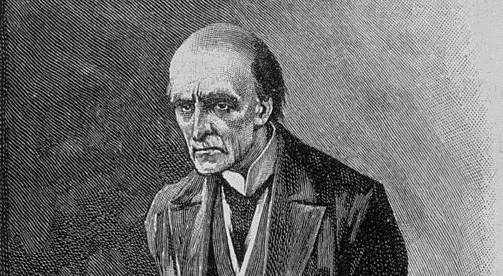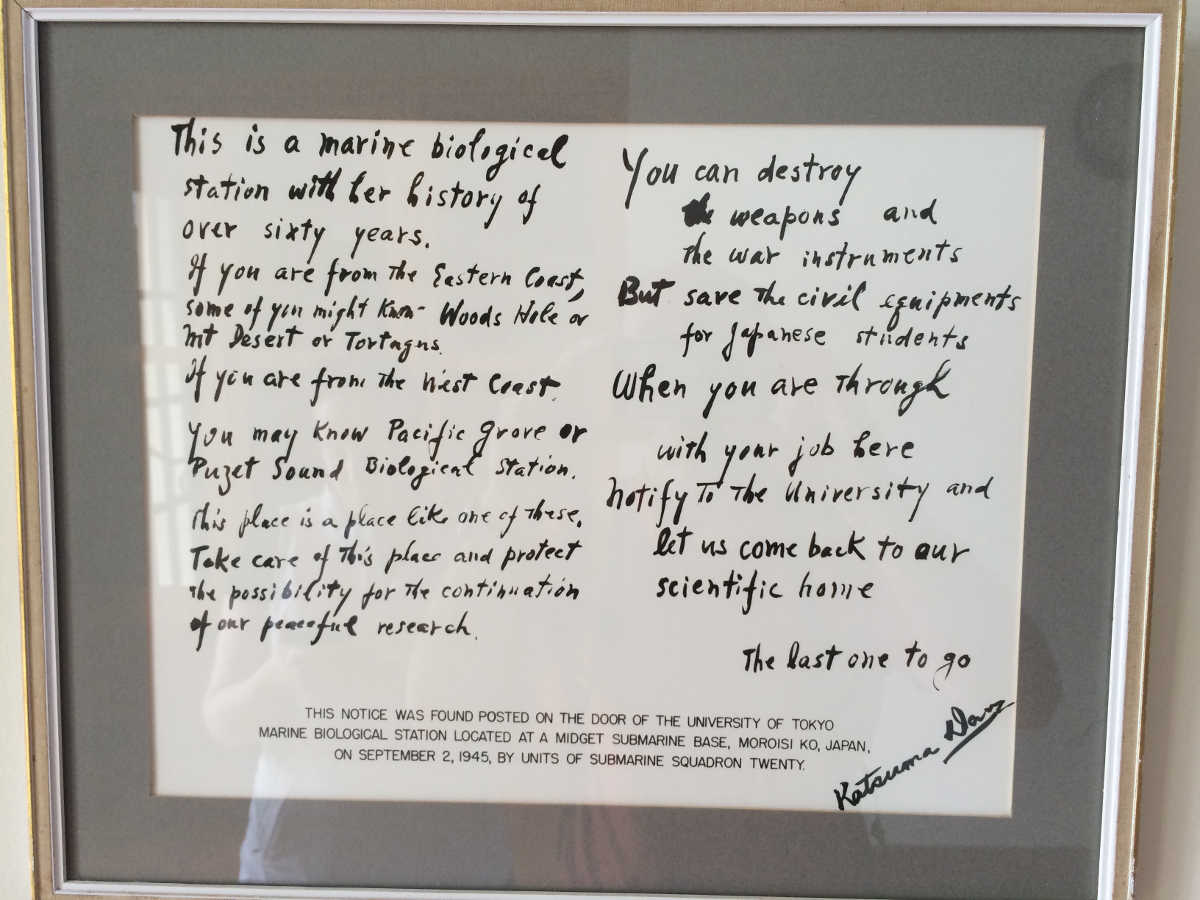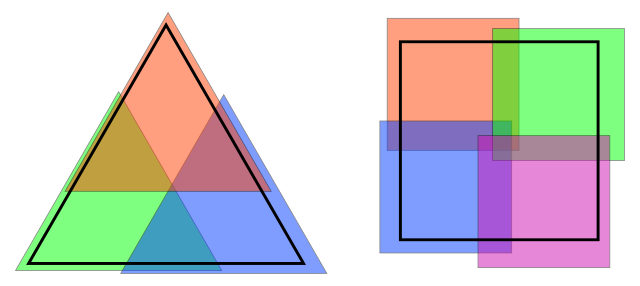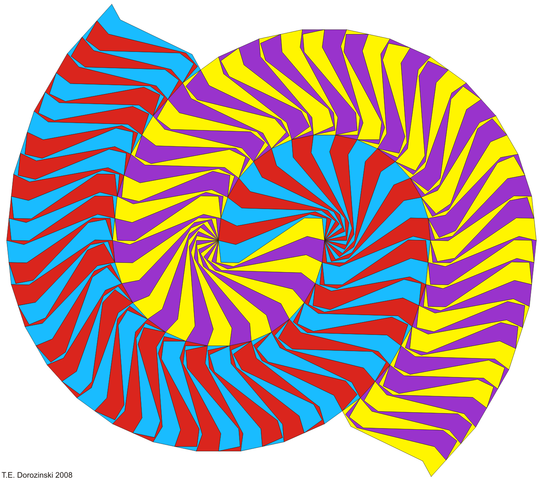In 2004 University of Bristol mathematicians Hinke Osinga and Bernd Krauskopf crocheted a Lorenz manifold. They had developed a computer algorithm that “grows” a manifold in steps, and realized that the resulting mesh could be interpreted as a set of crochet instructions. After 85 hours and 25,511 stitches, Osinga had created a real-life object reflecting the Lorenz equations that describe the nature of chaotic systems.
“Imagine a leaf floating in a turbulent river and consider how it passes either to the left or to the right around a rock somewhere downstream,” she told the Guardian. “Those special leaves that end up clinging to the rock must have followed a very unique path in the water. Each stitch in the crochet pattern represents a single point [a leaf] that ends up at the rock.”
They offered a bottle of champagne to the first person who would produce another crocheted model of the manifold and received three responses in two weeks (and more since).
Of their own effort, Osinga and Krauskopf wrote, “While the model is not identical to the computer-generated Lorenz manifold, all its geometrical features are truthfully represented, so that it is possible to convey the intricate structure of this surface in a ‘hands-on’ fashion. This article tries to communicate this, but for the real experience you will have to get out your own yarn and crochet hook!” Their instructions are here.
(Hinke M. Osinga and Bernd Krauskopf, “Crocheting the Lorenz Manifold,” Mathematical Intelligencer 26:4 [September 2004], 25-37.)


